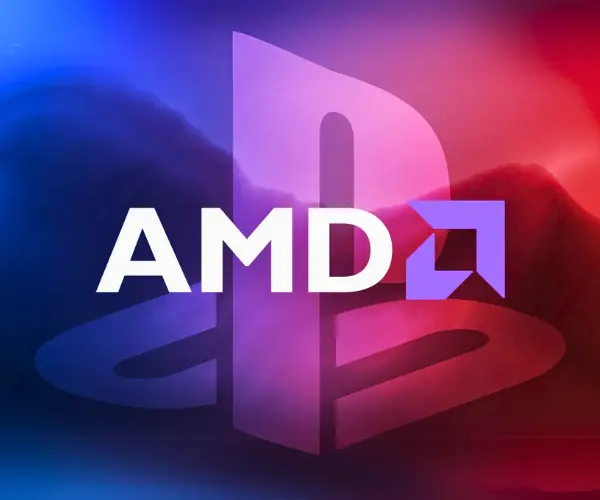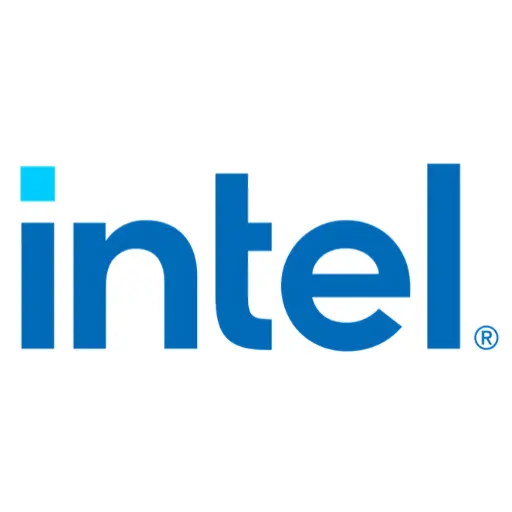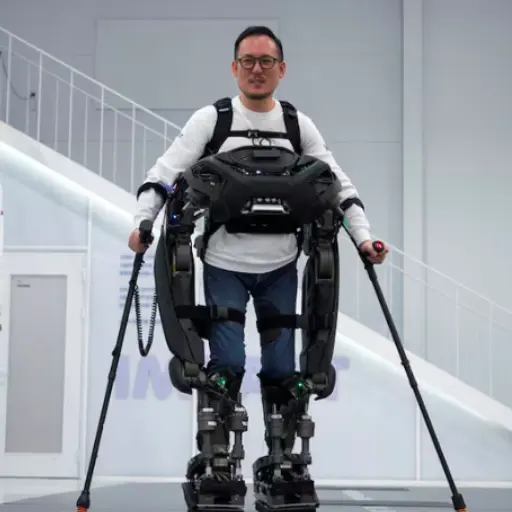Sony’s Game-Changing Approach to AI Upscaling: Shaping the Future of Graphics for All Platforms

With the arrival of the PS5 Pro, Sony is not only providing improved gaming performance but also taking a bold step forward in the world of graphics technology. One of the standout features of the new console is the introduction of PlayStation Spectral Super Resolution (PSSR), an AI-driven upscaling technology that marks a first for console gaming. This innovation has significant implications for the gaming industry, and Sony’s open approach to the underlying technology could have far-reaching effects across platforms.
AI Upscaling Without Dedicated Hardware
Unlike Nvidia’s graphics cards, which feature dedicated Tensor cores to accelerate AI-driven tasks, the PS5 Pro does not have a separate AI hardware unit. Instead, Sony has made impressive adjustments to the existing RDNA 2 GPU to support the PSSR neural network. In an exclusive interview, Mark Cerny, the system architect behind the PS5, explained that the PS5 Pro’s GPU still uses RDNA 2, with small tweaks to its cores. These alterations enable the neural network to run directly on the shader core, eliminating the need for a discrete Tensor unit.
Cerny elaborated on the reasoning behind this design choice, explaining that adding a separate AI unit would complicate the rendering pipeline, resulting in performance issues. Instead, Sony integrated the AI processing into the same GPU core, which avoids the delays and inefficiencies that could arise from using a separate unit. While this approach might not yield the same performance gains as Nvidia’s DLSS (which relies on dedicated AI accelerators), it offers a more efficient solution for console gaming, where keeping hardware streamlined is a key priority.
Maintaining Compatibility Across Generations
One of the driving factors behind Sony’s decision to stick with the RDNA 2 GPU, as opposed to jumping to RDNA 3, was to avoid creating significant disparities between the PS5 and PS5 Pro. According to Cerny, the current approach allows developers to create games that work seamlessly across both consoles without the complexity of supporting two vastly different GPU generations. This philosophy ensures that developers can fully leverage the hardware capabilities without worrying about compatibility issues.
Sony’s choice to customize RDNA 2 instead of adopting RDNA 3 also reflects its commitment to providing a consistent gaming experience. For instance, RDNA 3 already includes AI accelerators, but integrating them into the new PS5 hardware would have required a larger generational leap, something Sony wasn’t ready to do yet.
Opening the Door for Industry-Wide Growth
Perhaps the most exciting aspect of PSSR is that it’s not a proprietary technology exclusive to Sony’s PlayStation platform. In collaboration with AMD, Sony is driving a new initiative called Project Amethyst, aimed at advancing gaming graphics technologies for the entire industry. Cerny confirmed that the underlying tech behind PSSR could be adopted by anyone who wishes to use it, marking a significant shift in how upscaling technologies are developed and shared.
This open approach mirrors the success of AMD’s FidelityFX Super Resolution (FSR), which works across various GPUs, including those from Nvidia and Intel. While PSSR is exclusive to the PS5 Pro for now, the core technology is accessible to other hardware manufacturers, including Microsoft, potentially paving the way for more universal upscaling solutions in the future.
What This Means for Xbox and PC
For PC gamers, the competition in AI-driven upscaling has been dominated by Nvidia’s DLSS and Intel’s XeSS. Both technologies are tied to their respective hardware, but FSR remains the only upscaling solution that works on any GPU. With the success of PSSR on the PS5 Pro, there’s hope that AMD’s next iteration of FSR will incorporate some of the same neural network-powered improvements. This would be a game-changer for gaming PCs, particularly high-end systems using AMD graphics, as well as portable gaming devices like the Steam Deck and Asus ROG Ally X.
Portable gaming devices, which are often limited by form factor and battery life, could greatly benefit from improved upscaling technologies. Currently, FSR is the go-to solution for handheld gaming PCs, but it can only go so far, especially at 1080p resolution. A more powerful, AI-based upscaling technology could significantly enhance visual quality, making these devices better equipped to handle current-generation games.
Additionally, with rumors swirling about an upcoming Xbox handheld, Microsoft could potentially adopt similar upscaling technologies to improve the performance of its portable gaming systems.
The Future of AI in Gaming
The rise of AI-driven upscaling, with technologies like FSR, DLSS, XeSS, and now PSSR, is set to redefine how we experience gaming graphics. Sony’s decision to integrate AI upscaling into the PS5 Pro without relying on dedicated AI hardware could have a transformative impact on the industry. While it may not offer the same performance boosts as Nvidia’s Tensor-based systems, the open nature of PSSR allows for broader adoption and innovation across both console and PC platforms.
The future of gaming graphics is undoubtedly leaning toward machine learning-driven enhancements. As more hardware manufacturers adopt AI-based technologies, gamers across all platforms will likely see more immersive, high-quality visuals, regardless of their hardware. And with the next generation of consoles just around the corner, it’s clear that AI upscaling will play a pivotal role in making gaming at higher resolutions more accessible for everyone, from casual gamers to hardcore enthusiasts.
By encouraging open collaboration and innovation, Sony is helping shape the future of gaming graphics for everyone, not just PlayStation owners.






